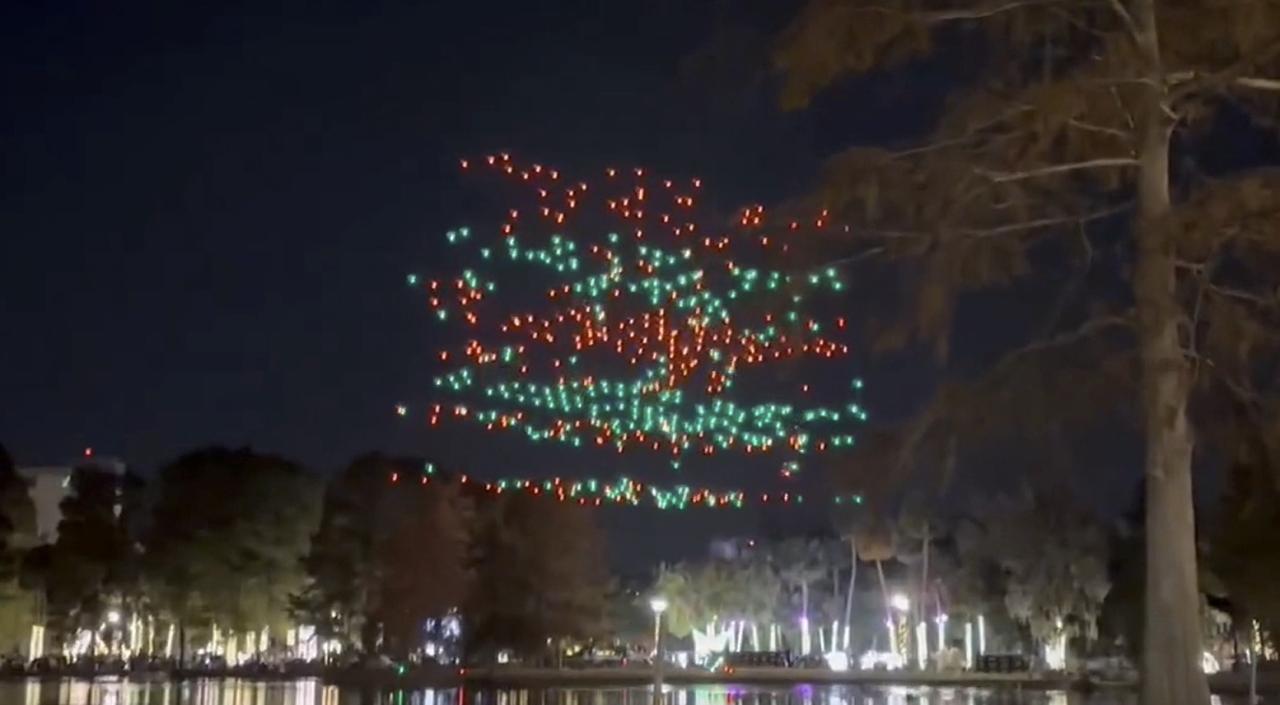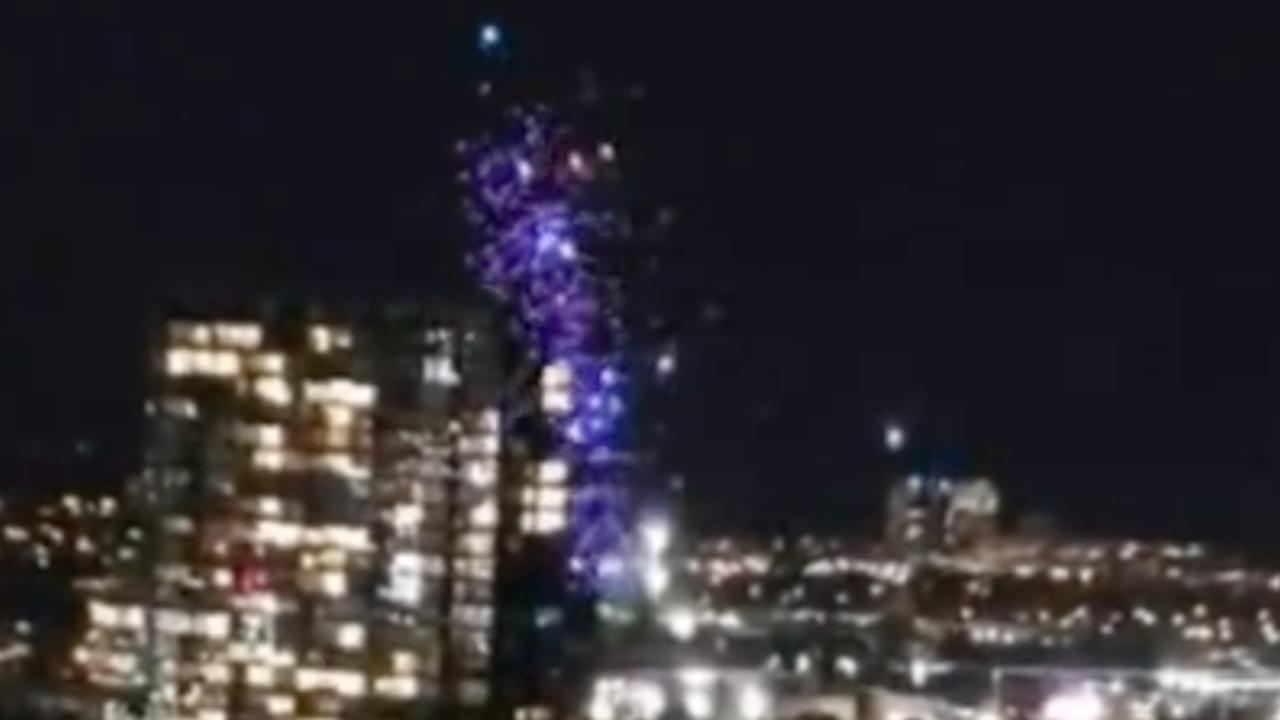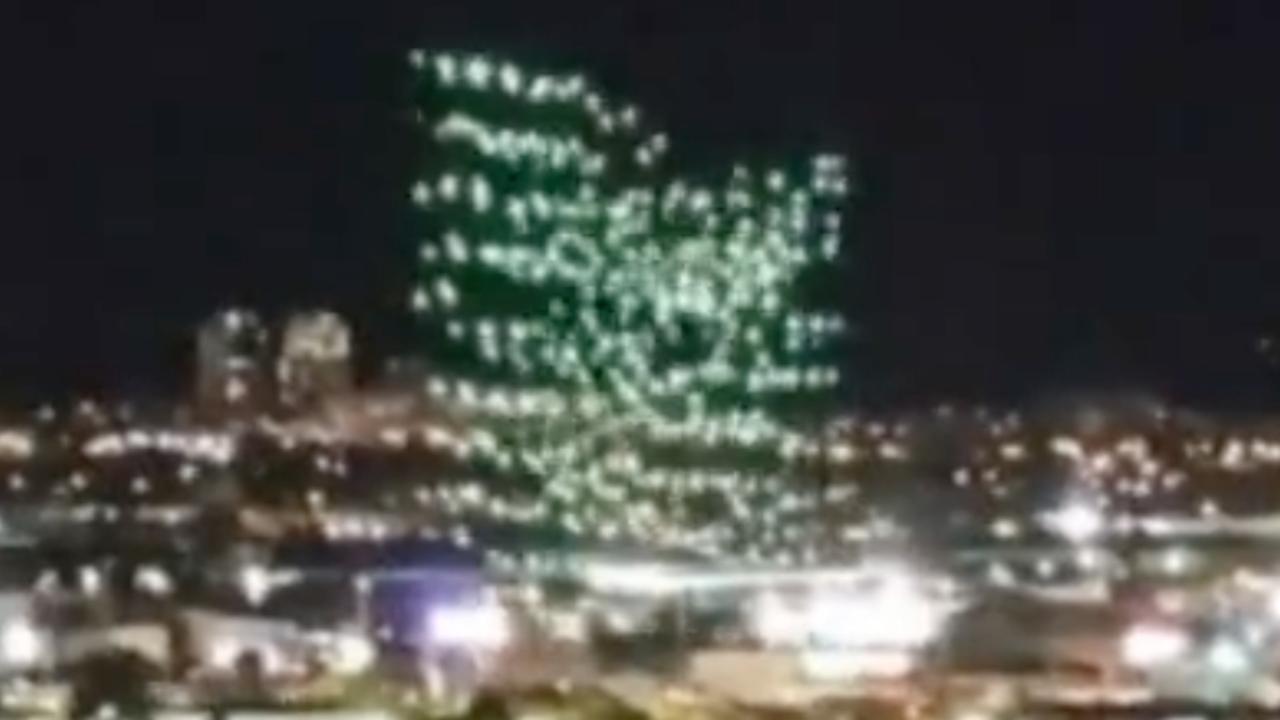Orlando Drone Show Malfunction: The highly anticipated drone show over Orlando experienced an unexpected disruption, leaving spectators and organizers alike stunned. This incident serves as a compelling case study, exploring the technical intricacies of drone flight control, the impact of malfunctions on large-scale events, and the crucial role of safety protocols. We delve into the specifics of the malfunction, examining potential causes, the response to the event, and the resulting legal and public relations ramifications.
This analysis will cover the event’s details, including the date, time, location, and responsible company, as well as a detailed breakdown of the planned versus actual event sequences. We will explore the technical aspects, potential causes, and safety protocols involved, alongside the impact on attendees and the subsequent responses. Finally, we’ll examine the legal implications, public perception, and propose preventative measures for future drone shows.
Orlando Drone Show Malfunction: A Detailed Analysis
The unexpected malfunction of a large-scale drone show in Orlando sparked considerable public interest and raised questions about the safety and reliability of such events. This article provides a comprehensive analysis of the incident, exploring the technical aspects, impact, regulatory implications, and potential preventative measures for future drone shows.
The recent Orlando drone show malfunction sparked debate about safety protocols in large-scale drone displays. One wonders if companies like sky elements drones , known for their advanced technology, might offer solutions to prevent such incidents. Ultimately, the Orlando malfunction highlights the need for robust systems and rigorous testing to ensure future shows proceed without a hitch.
Event Details and Context
The drone show, organized by [Company Name], took place on [Date] at [Time] in [Location, Orlando]. The planned show featured [Number] drones performing a choreographed sequence depicting [Description of the show’s theme or visuals]. The drones were programmed to execute a series of intricate formations and light displays, culminating in a grand finale. However, approximately [Time] into the performance, a significant malfunction occurred, disrupting the planned sequence.
Technical Aspects of the Malfunction
The malfunction appears to have stemmed from [Suspected cause, e.g., a software glitch affecting the communication between the drones and the control system, or a hardware failure in one or more of the drones]. This disrupted the synchronization of the drones, leading to erratic movements and an unscheduled termination of the show. The specific technical cause is still under investigation, but potential contributing factors include [Possible technical causes, e.g., GPS interference, communication signal loss, or a failure in the onboard flight controllers].
The show’s safety protocols, which likely included [Examples of safety protocols, e.g., emergency landing procedures, geofencing, and redundancy systems], may not have fully mitigated the impact of the malfunction.
Impact and Response

The malfunction resulted in [Description of immediate impact, e.g., a sudden cessation of the light display, drones landing erratically, and audience confusion]. Organizers immediately halted the show, and emergency services were contacted as a precaution. Fortunately, there were no reported injuries or significant damage to property. The organizers subsequently issued a statement [Summary of the organizer’s statement], offering refunds and expressing regret for the incident.
| Planned Event | Actual Event | Time | Notes |
|---|---|---|---|
| Opening sequence: Drones forming the state of Florida | Opening sequence completed successfully | 8:00 PM | N/A |
| Transition to a space-themed display | Partial transition, followed by malfunction | 8:10 PM | Several drones deviated from planned trajectory |
| Grand finale: Complex formation and light show | Show aborted; drones landed erratically | 8:15 PM | Emergency landing protocols initiated |
| Audience applause and exit | Audience confusion and concern; orderly exit facilitated | 8:20 PM | Organizers assisted with crowd control |
Regulatory and Legal Implications

The incident highlights the need for stringent regulations governing large-scale drone operations. [Relevant regulations, e.g., FAA regulations on drone operation in public spaces, licensing requirements for drone pilots, and safety protocols for drone shows] may be applicable. Potential legal ramifications for the organizers could include [Possible legal consequences, e.g., lawsuits from attendees, fines for violating regulations, or reputational damage].
Further investigation may reveal areas where existing regulations need improvement to enhance safety standards for such events.
Public Perception and Media Coverage
The malfunction received widespread media coverage, with news outlets reporting on the incident and public reaction. Social media platforms were filled with comments and videos from attendees, showcasing both disappointment and concern. [Summary of public perception, e.g., some expressed frustration, others praised the swift response of organizers and emergency services]. The incident may temporarily affect public trust in drone technology for large-scale events, emphasizing the importance of robust safety measures and transparent communication.
Preventive Measures and Future Improvements
To prevent similar incidents, several preventative measures should be implemented. These include: enhanced redundancy in the drone control system, improved communication protocols to minimize signal interference, rigorous pre-flight checks, and more comprehensive emergency response plans. Regular simulations and testing of emergency protocols are also crucial. Implementing these improvements would enhance the safety and reliability of future drone shows.
The recent Orlando drone show malfunction highlighted the inherent risks in large-scale drone displays. Understanding the reliability of the technology used is crucial, and investigating the specific drones involved is key; a deeper look into companies like sky elements drones and their safety protocols might shed light on potential contributing factors to the Orlando incident. Ultimately, preventing future malfunctions requires a comprehensive analysis of both hardware and operational procedures.
Illustrative Examples, Orlando drone show malfunction

A successful drone show would involve flawlessly synchronized drones executing complex formations with vibrant lighting and precise movements. The visual impact would be captivating, creating a seamless and awe-inspiring spectacle. In contrast, the malfunctioning show presented a jarring contrast. The planned, harmonious movements were replaced by chaotic, unpredictable drone behavior, resulting in a fragmented and unsettling light display. The audience likely experienced a shift from wonder and excitement to apprehension and confusion as the drones’ movements became erratic, and the carefully choreographed lighting sequences faltered.
The Orlando drone show malfunction underscores the critical need for robust safety protocols and advanced technological safeguards in large-scale drone operations. While technological failures are inevitable, a thorough understanding of potential risks, coupled with comprehensive emergency response plans, can significantly mitigate the impact of such incidents. This event serves as a valuable lesson, highlighting the importance of continuous improvement in drone technology and operational procedures to ensure both public safety and the continued success of these spectacular displays.
Question & Answer Hub
What type of drones were used in the show?
This information would need to be sourced from event organizers or news reports detailing the specific drone models employed.
Were there any injuries reported beyond property damage?
This would require verification from official incident reports and news coverage following the event.
What was the estimated cost of the damages incurred?
Determining the financial impact would necessitate access to insurance claims, repair costs, and any other related financial documentation.
What specific software or hardware components are suspected to be at fault?
The Orlando drone show malfunction highlighted the potential for technological failures in large-scale displays. This incident, however, pales in comparison to the more serious implications of deliberate attacks, such as the recent kazan drone attack , which underscores the vulnerability of civilian infrastructure to drone-based threats. Understanding the causes of the Orlando malfunction is crucial, not only for improving future shows but also for informing broader security protocols against malicious drone use.
A definitive answer requires a thorough investigation by experts and access to the drone’s flight data recorders and maintenance logs.
